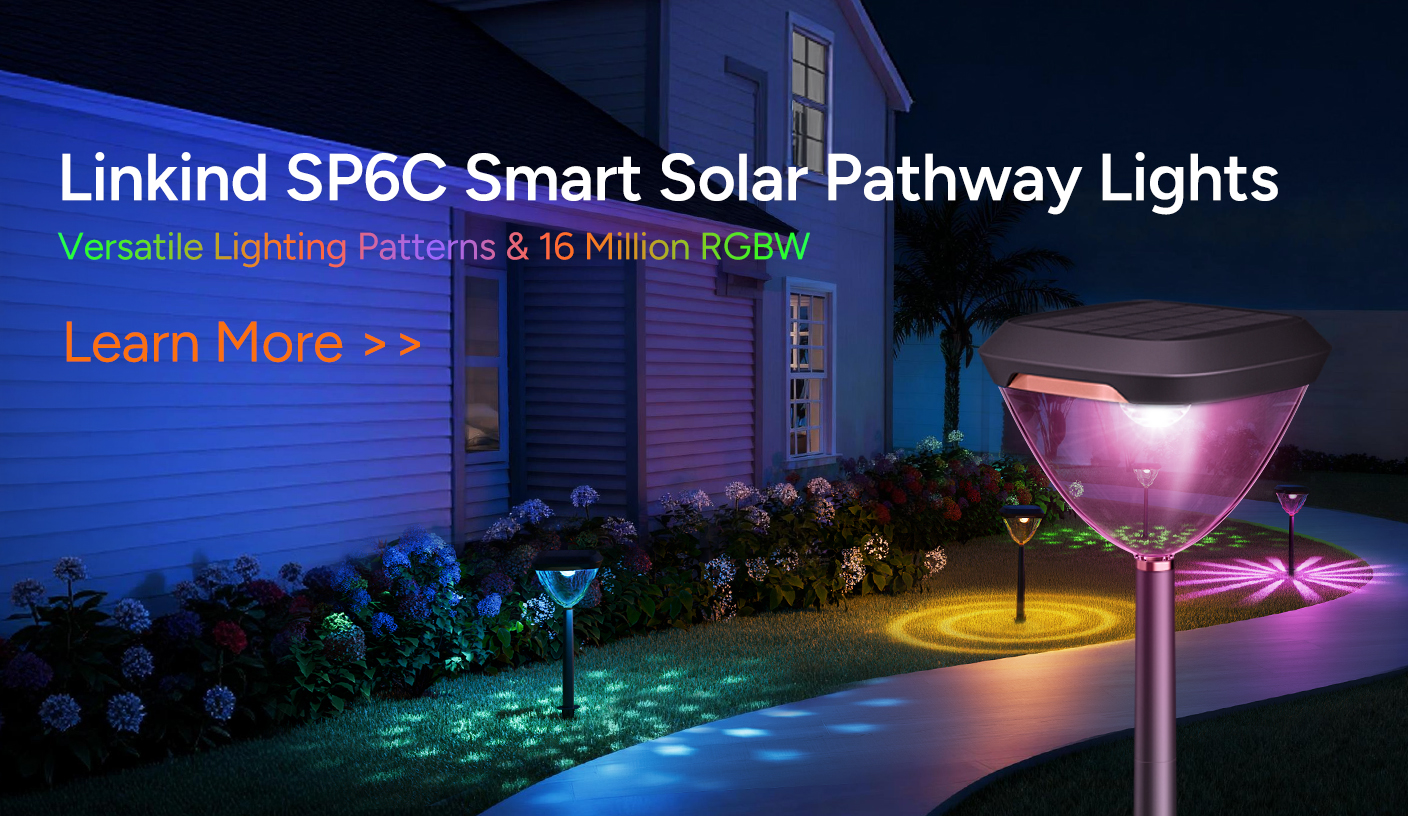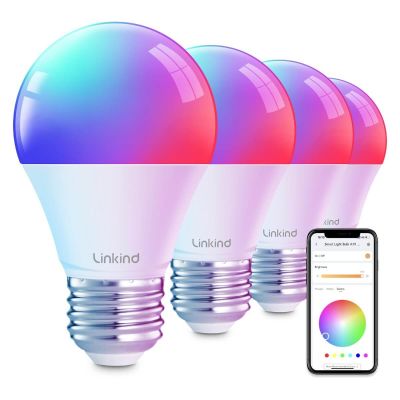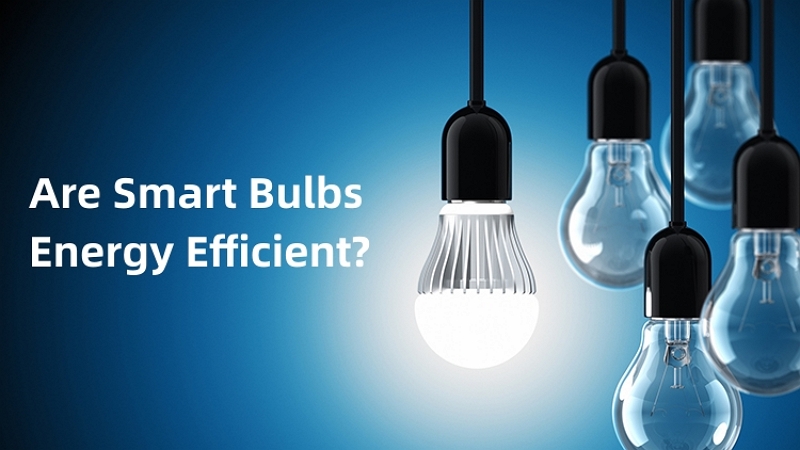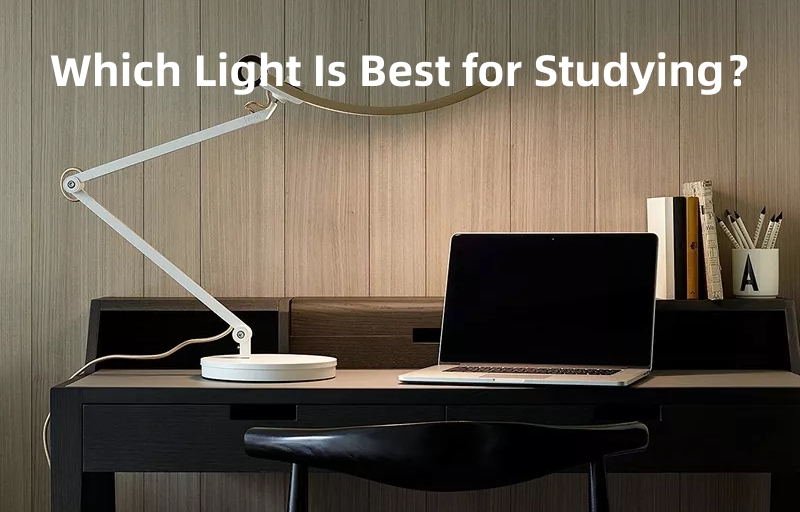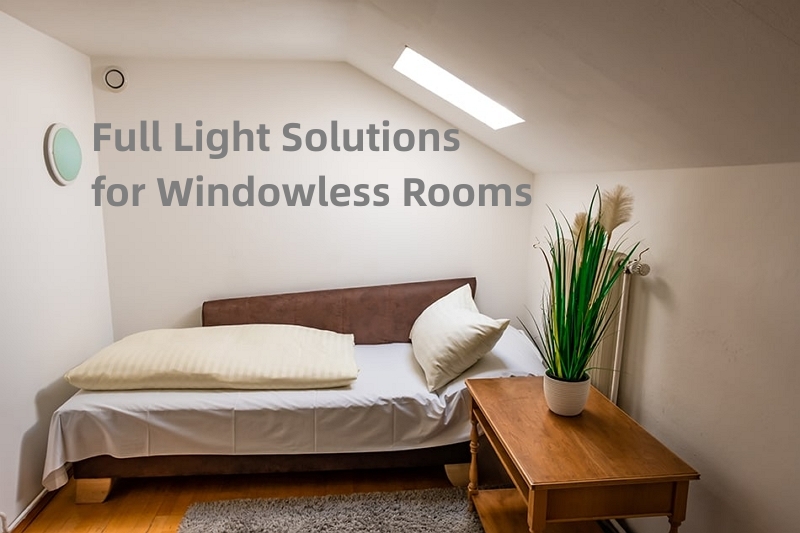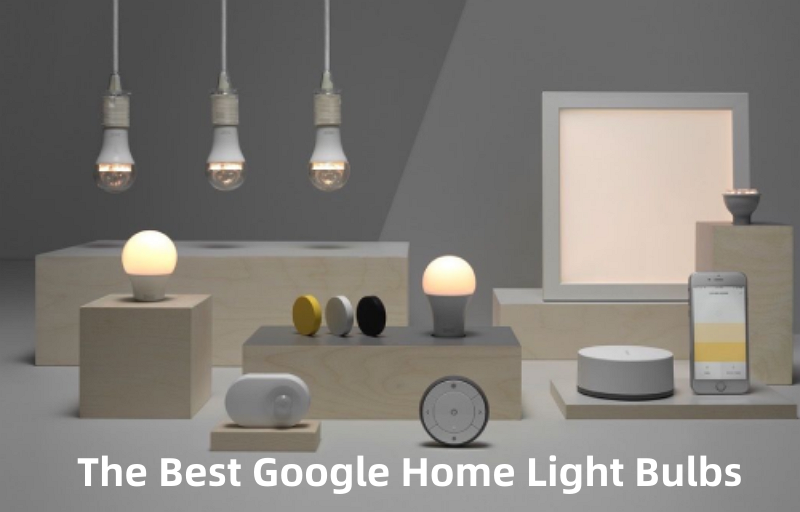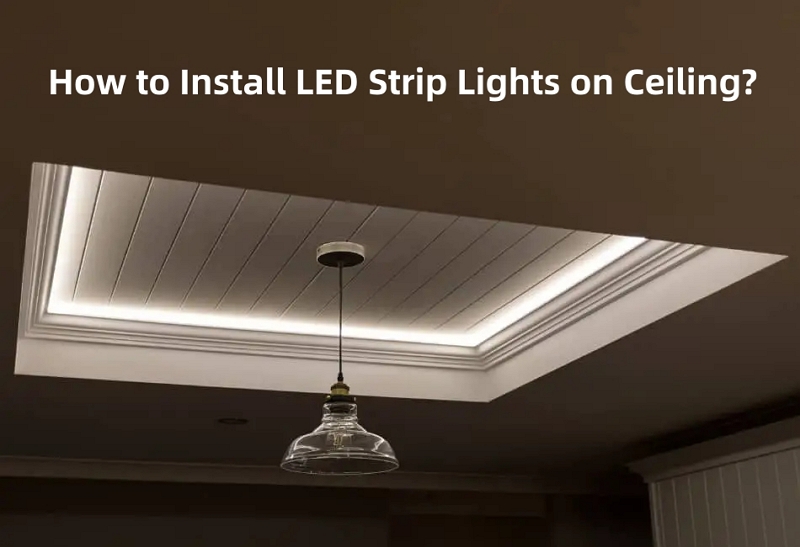Have you ever wondered if your smart bulbs use electricity when they’re turned off? It's a question that many people have as we move towards more energy-efficient lighting options. The answer is not as straightforward as you might think!
Smart bulbs can still draw power even when they are switched off, depending on their design and the features available. In this article, we'll explore how much electricity smart bulbs actually consume in order to help you make informed decisions about your lighting setup.
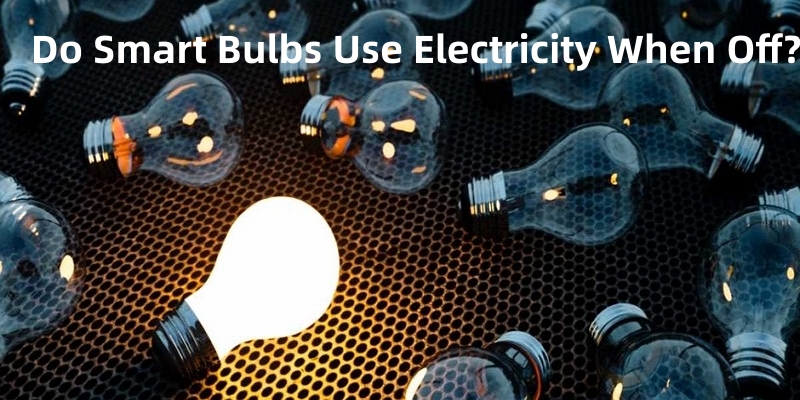

Part 1. How Do Smart Bulbs Work?
Smart bulbs are designed to provide a more efficient, convenient way of lighting up your home or office. They use LED lights, which consume less energy than traditional incandescent bulbs. The way that they work is by using a small chip installed inside the bulb that contains the necessary software to allow communication between the bulb and other devices, such as a smartphone or tablet.
This allows users to control their lighting from any location, as well as adjust certain settings such as brightness, color temperature, and even set schedules for specific times of the day. Smart bulbs also typically come with motion detectors that can help save energy by turning off automatically when not in use.
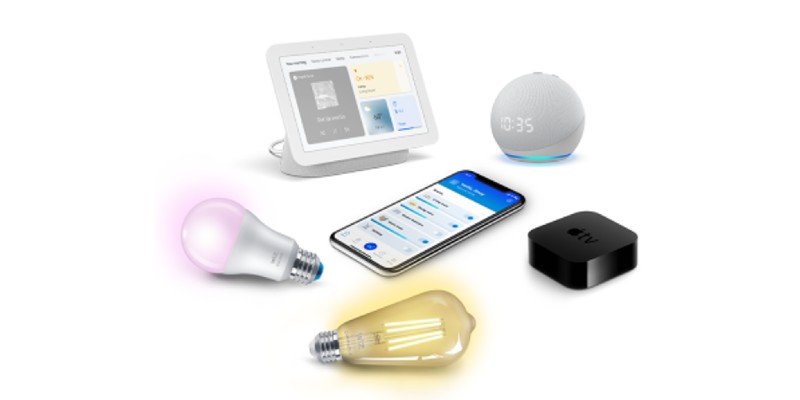

Part 2. Do Smart Light Bulbs Use a Lot of Electricity?
The short answer is, it depends on the type of smart light bulb you’re using and how often it is switched on. LED bulbs typically use less as compared to other incandescent bulbs, which make them a much more efficient choice for lighting up your home or office. Additionally, the motion sensors and automated scheduling options available on some smart bulbs can help save even more energy by only turning them on when needed.
On average, an LED bulb consumes around 10 watts of electricity when switched on and in use. For comparison, an incandescent bulb uses 40-60 watts, and a CFL bulb uses 15-20 watts. So it’s quite obvious that smart bulbs’consumption is significantly lower than other types of bulbs.
It’s also important to bear in mind that the amount of electricity used by any given smart light bulb will vary depending on its features and how often it is used. For instance, if you have a motion sensor or timer set up to switch your lights off after certain periods of time then this could reduce your overall electricity usage even further.
Part 3. Do Smart Bulbs Use Electricity When Off?
Vampire devices, also known as 'phantom loads', are electronic devices that consume electricity even when switched off or in standby mode. This is due to their internal components still being powered, such as digital clocks or remote control receivers. Standby mode typically occurs when the device is plugged into an outlet and not actively in use. It acts like a low-power sleep state, so it can be quickly turned on when you need it.
Since smart bulbs are vampire devices and powered by electricity, they will still draw power when switched off or in standby mode, which could add up to a significant amount of energy consumption over time. To reduce energy costs and lower your carbon footprint, it is important to unplug any smart bulbs that are not in use.
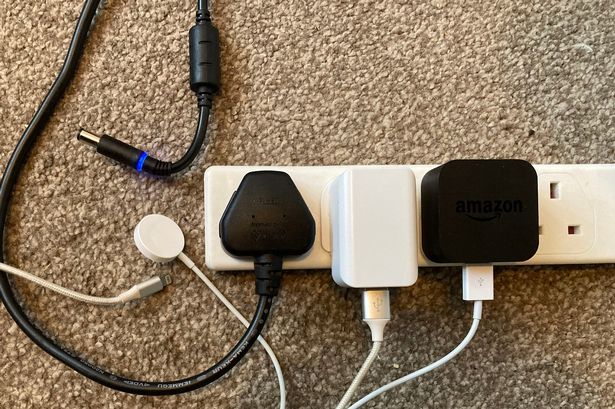

Part 4. How to Save Energy While Using Smart Light Bulbs?
Smart light bulbs are becoming increasingly popular due to their energy-efficient nature and convenient features. However, there are still some ways you can further reduce the amount of electricity used by smart bulbs in your home or office.
- Make sure to turn the lights off when you don’t need them. It sounds simple enough, but it’s important to remember to turn the lights off when they’re not being used in order to conserve energy.
- Use motion sensors and automated scheduling options. Many smart bulbs come with motion sensors and automated scheduling options that can help save energy by only turning the lights on when needed.
- Install dimmers. Installing dimmers and setting your bulbs to a lower brightness level will reduce their power consumption further, leading to even more savings on your electricity bills over time.
- Invest in smart plugs. Smart plugs are devices that allow you to monitor and control the power usage of any connected appliance from anywhere using an app on your phone. This is particularly useful for controlling smart light bulbs since you can set schedules for when they should be switched on and off remotely, as well as monitor how much energy each bulb is consuming throughout the day.
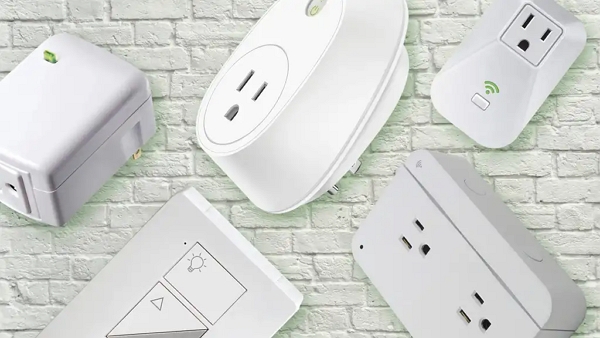

Part 5. An Energy-Efficient Smart Light Bulb You Cannot Miss
The AiDot Linkind Matter Version BR30 WiFi Smart Flood Light Bulb is the perfect energy-efficient solution for any home. These bulbs offer a variety of features that make them stand out from other light bulbs.
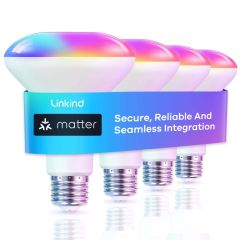
- 【Applications】 Fits 5" or 6" recessed cans. Make sure the bulb size matches the size of your recessed can. BR30 LED bulbs have a diameter of 3.74 inches and a height of 5.04 inches. Measure the dimensions of your recessed can before purchasing bulbs to ensure compatibility.(*Note: Do not use with dimmable fixtures equipped with dimmer switches, as this may cause flickering in the light bulb. )
- 【Matter-Enabled】 Linkind Matter smart light bulbs are compatible with Apple Home, Alexa, Google Home or SmartThings (*Note: Not compatible with the Smart Life App) . You can directly control all your smart home devices through them without having to download additional apps.
- 【Simple Setup】Scan the Matter QR code to pair your light bulbs and easily add them to Matter-certisfied APP or AiDot APP.
- 【DIY Color & Music Sync】Virtually limitless color options. Enjoy the brightest white lighting with color temperature range from 1800K to 6500K or fully immerse yourself in a world of colors. With its music sync feature, our BR30 color changing light bulbs will create a vibrant atmosphere that moves to the beat of your music.
- 【App & Voice Control】Go deep into customizing your smart bulbs with the AiDot App (colors, lighting scenes, schedules and more) or connect it with a smart home assistant for hands-free control.
- 【Set Schedules】Automate your wifi light bulbs to turn on/off at specific times and days to make your daily routines a little easier. Set your schedule using the Apple Home app, Google Home app or any other Matter-compatible app or voice assistant.
- 【NOTE】Do not use with dimmable fixtures equipped with dimmer switches, as this may cause flickering in the light bulb. Additionally, all of our smart devices only support 2.4G networks. If you have any further questions, please feel free to contact us.
Conclusion
Smart bulbs are an innovative way to customize the look of your home through lighting. They are a great choice for those looking to save energy, as they turn on and off automatically based on motion and sunlight, and also have adjustable brightness settings. They do use electricity when off, but not very much; instead, it's when they're in use that you'll see the most energy consumption.
The AiDot Linkind Matter Version BR30 WiFi Smart Flood Light Bulb is ideal for anyone looking to save energy and money on their power bills. Its built-in Wi-Fi and bluetooth connectivity, motion sensors, timer functions, dimmable settings, and LED technology make it one of the most efficient lighting solutions available today.












